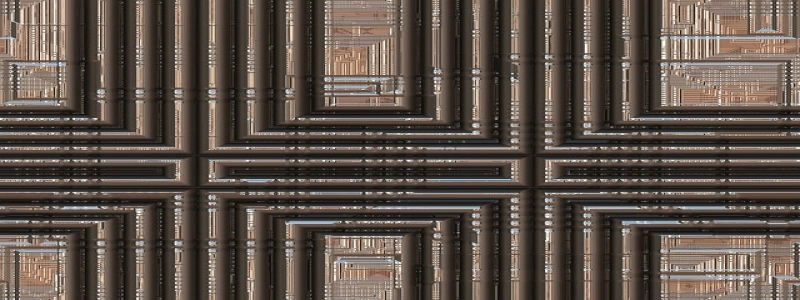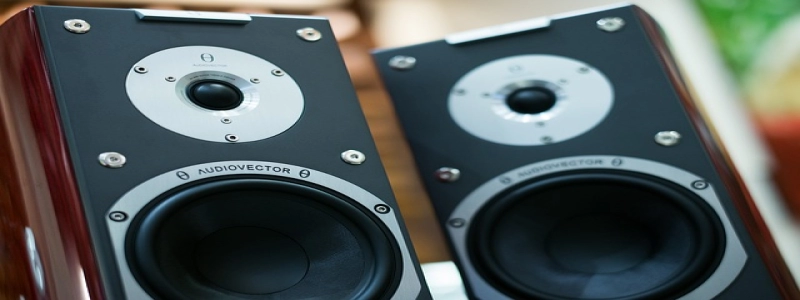Difference between Monomode and Multimode Fiber
介紹:
In the field of telecommunications, fiber optic cables are widely used for transmitting data at high speeds over long distances. These cables come in different types, including monomode and multimode fibers. Both types have their own characteristics that make them suitable for specific applications. 在本文中, we will explore the differences between monomode and multimode fibers in terms of their structure, performance, and usage.
我. Structure:
Monomode Fiber:
Monomode fiber, also known as single-mode fiber, consists of a small core that allows only one mode of light to propagate through it. With a core diameter of approximately 9 microns, monomode fibers have a thin design, allowing for the transmission of a single beam of light. This, in turn, reduces dispersion and enables higher bandwidth and longer transmission distances.
Multimode Fiber:
Multimode fiber, 另一方面, comprises a larger core, 範圍從 50 to 62.5 microns in diameter. The larger core size facilitates the transmission of multiple modes of light simultaneously. This results in the dispersion of the light into different paths, limiting the bandwidth and causing shorter transmission distances.
二. Performance:
Monomode Fiber:
Due to its thin core, monomode fiber offers excellent performance in terms of low loss and high signal quality. The single mode of light propagation minimizes the signal distortion and enables the transmission of data over long distances without significant loss. Monomode fibers are widely used in applications that require high-speed and long-distance transmission, such as in telecommunications networks and backbone connections.
Multimode Fiber:
While multimode fiber cannot achieve the same long-distance transmission as monomode fiber, it offers advantages in terms of lower cost and easier installation. The larger core size allows for easier coupling with light sources, making it more forgiving of alignment errors. Multimode fibers find applications in short-range data communications, such as in local area networks (區域網路) and data centers.
三、. Usage:
Monomode Fiber:
Monomode fiber is commonly used in situations where data needs to be transmitted over long distances, such as in undersea cable systems and intercity connections. Its ability to transmit data without distortion or loss makes it ideal for high-bandwidth applications like video streaming, cloud computing, and teleconferencing.
Multimode Fiber:
Multimode fiber is often implemented in short-range communication scenarios, including LANs, enterprise networks, and buildings. It is used for relatively shorter distances of up to a few hundred meters. Multimode fibers are suitable for applications where high bandwidth is not necessarily required, such as for connecting computers within an office or campus.
結論:
總之, monomode and multimode fibers differ in terms of their structure, performance, and usage. Monomode fibers offer high-performance, long-distance transmission capabilities with minimal signal loss, making them ideal for high-speed applications. Multimode fibers, 另一方面, are cost-effective and find their uses in shorter-range communication scenarios where high bandwidth is not crucial. Choosing the right type of fiber optic cable depends on the specific requirements of the application at hand.







